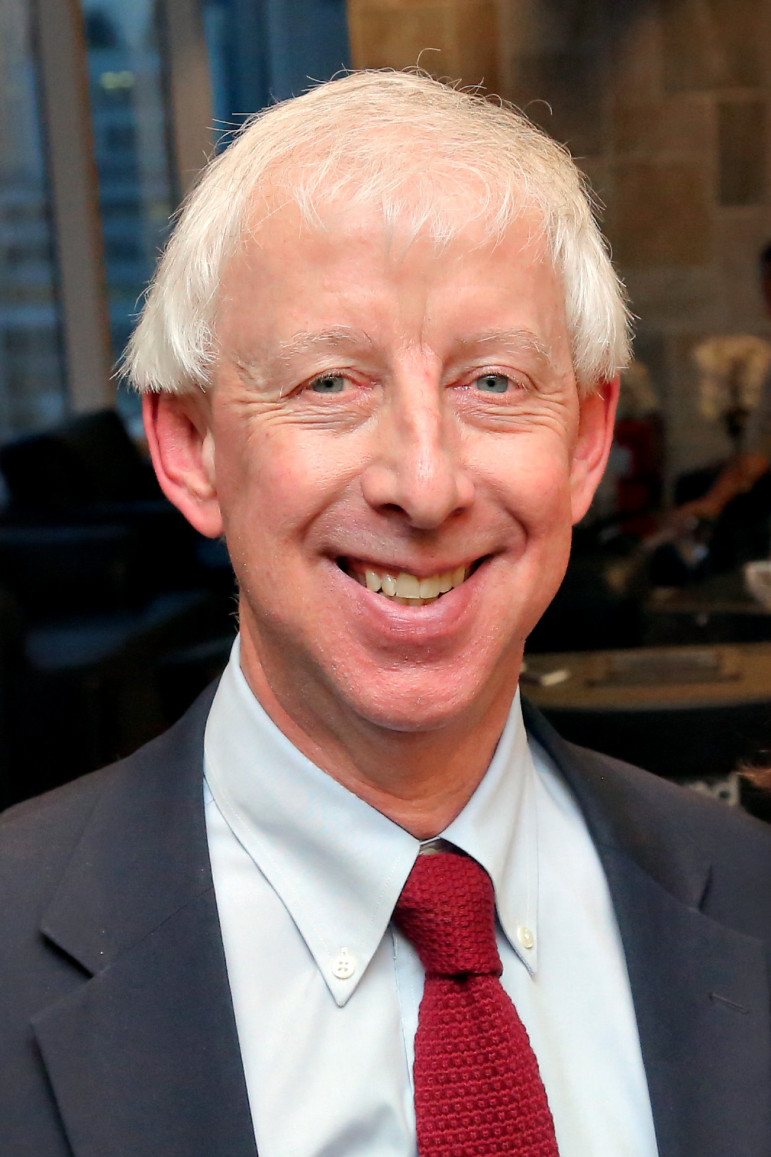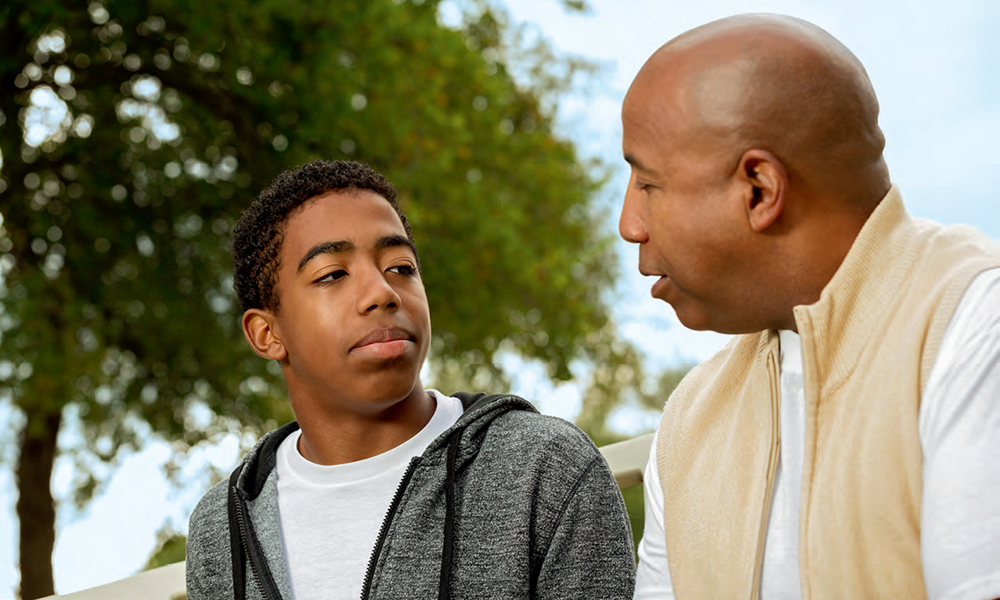WASHINGTON — America has gotten better at keeping its youth out of jail but too many young offenders are still being placed on probation, a new report argues.
Nearly 383,000 juveniles were put on some form of probation in 2014, the last year for which statistics are available, an analysis by the Annie E. Casey Foundation has found. More than half of them were placed there because of “status offenses” — running away from home, disobeying curfew, etc., the foundation report stated.
“At its best, probation offers court-involved youth who would otherwise be confined the chance to remain in the community and participate in constructive and therapeutic activities,” the study’s authors wrote. “But probation can also become a gateway to unnecessary confinement for youth who frustrate authorities with noncompliant behavior but pose minimal risk to public safety. This overreliance on confinement disproportionately affects youth of color and exacerbates the already severe racial and ethnic disparities plaguing juvenile justice.”

Robert Schwartz
Black and brown youths made up 55 percent of the offenders on probation in 2014 and 68 percent of those placed in residential custody due to technical violations in 2015, the foundation report found. The report, entitled, “Transforming Juvenile Probation: A Vision for Getting It Right,” was released last week.
It argues for a dramatic decrease in the youth probationer population by urging officials to focus on interventions that promote “personal growth, positive behavioral change and long-term success” for those youths who are at serious risk for reoffending, while diverting far more youth into less restrictive programs and “setting clear and meaningful outcome goals for probation itself — including improving racial and ethnic equity — and holding probation and its partner agencies accountable for achieving them.”
“Getting probation right means being deliberate about race and drawing on families and communities to help youth build the skills they need to mature,” said Stephen Bishop, a senior associate with the Foundation’s Juvenile Justice Strategy Group, in a news release accompanying the report. “Probation is too often focused on trying to ‘fix’ youth so they will not break the law again. What it should be is a lever to draw on the resources that will help youth achieve long-term success. That’s how we make communities safe.”
‘A win-win vision’
Robert Schwartz, a visiting fellow at the Stoneleigh Foundation and a law professor at Temple University, hailed the report. The Casey Foundation “has presented the juvenile justice community with a vision that will improve youths’ lives, promote public safety and enrich the experience of juvenile probation officers — while reducing the number of youth involved in the juvenile justice system and making their experience more consistent with the latest knowledge of adolescent development,” he said. “This is a win-win vision against which every system in the country should measure its current practices.”
The report’s recommendations are timely, essential — and may be very difficult to implement, said Cara H. Drinan, a law professor at Catholic University of America in Washington, D.C., whose new book, “The War on Kids: How American Juvenile Justice Lost Its Way,” traces a similar terrain to Casey’s report.

Cara H. Drinan
“The report takes this position that we should align policy with science and unfortunately, the science runs against this uniquely American position that we should be incarcerating more people. And that makes it a hard sell,” she said.
“The science is very clear that juveniles are different. The states have been pretty slow in implementing policy that aligns with the science.All of the studies have shown that correctional encounters have what’s called a criminogenic effect. It’s a fancy way of saying that it makes someone more likely to commit a crime. It’s pretty easy to understand why. Most correctional facilities are places where kids are literally struggling to survive, not necessarily learning the kinds of life skills that are going to make them productive members of society,” Drinan added.
It’s an especially difficult sell at the moment, given the Trump administration’s emphasis on “law and order,” Drinan said, adding that she hoped reformers wouldn’t abandon hope.
“It’s really unfortunate that all of the noise coming from the White House and the Justice Department makes it seem as though we’re back in this MO of law and order. Even red states are experimenting and having success with decarceration,” she said.
Most encouraging to Drinan was the Casey Foundation’s willingness to tackle racial disparities head-on. “Race and class matter at every juncture in our criminal justice system and that counts for kids, too,” she said. “Black youths are five times more likely than white youths to be detained. They’re not benefiting from this from trend away incarceration.”
“It’s just a question of rethinking what we do with people,” Drinan added. “As a country, we’re just not good at helping people grow and change.”

This would be the time to focus on the New York City Department of Probation’s wonderful Arches
program which reduces re-arrests for young men on probation by 60%. There are two key
points about this program. It is a six-month mentoring program in which older men with a
criminal justice history mentor these young men with both structured activities—twice
weekly meetings, focused journaling, etc—and by being available, at least by phone, anytime. Equally important, the Department of Probation funded local community groups to implement the Arches. It was the first time NYC Probation had had extensive contracts with local groups but the results
underscore how important this is.